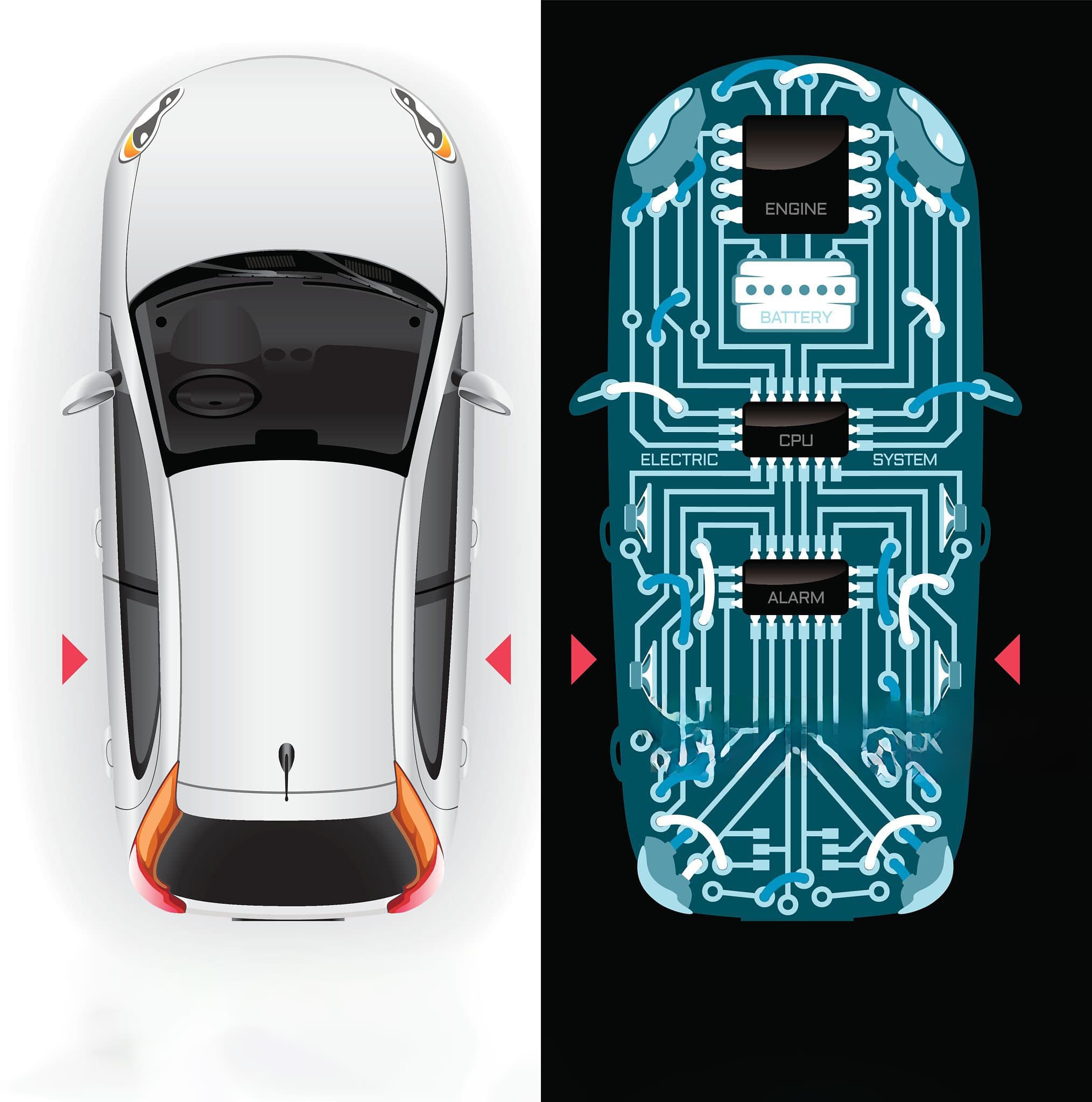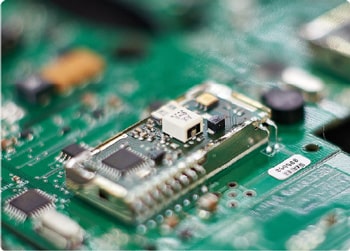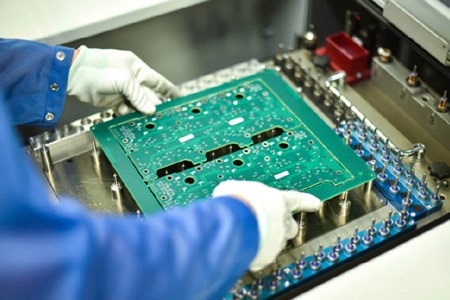Automotive PCB
Automotive PCBs have very high requirements for reliability and safety, and very strict requirements for PCB reliability and environmental adaptability. Its suppliers must be IATF/16949 certified.
Automotive sector certifications and standards
1.ISO/TS16949 quality management system certification
2.IATF 16949
3. As a key component of automotive electronics, PCB should comply with IPC Class 3 standards, and component selection should comply with vehicle regulations.
What characteristics do PCBs in the automotive industry need to have?
Good electrical performance and reliability
Automotive PCB boards need to show excellent performance in terms of electrical connections, signal transmission and electromagnetic compatibility. At the same time, in order to ensure the reliability of automobile PCB boards, strict reliability tests and life tests are required, including high-temperature aging, low-temperature impact, heat and humidity cycles, etc.

Automotive PCB boards must meet the special requirements of the automotive industry
Because the automotive environment is complex and changeable, automotive PCB boards need to have characteristics such as resistance to vibration, impact, and humidity.
Automotive electronic equipment is usually installed inside the vehicle and has certain requirements on size and weight. Therefore, the size and weight of automotive PCB boards also need to comply with relevant standards.
New energy vehicle PCB application fields
Automotive PCB boards are widely used in automotive electronic systems. It plays an important role in engine control, vehicle navigation, vehicle entertainment, vehicle safety, etc.
1. In the engine control module, the automotive PCB board carries the task of managing and controlling the engine.
2. In the car navigation system, the car PCB board is responsible for processing and transmitting navigation information;
3. In vehicle safety systems, automobile PCB boards can be used to control and monitor the vehicle’s safety functions.
4. One of the most common uses of vehicle printed circuit boards involves the deployment of airbags
5. Audio and video equipment in cars
6. Global Positioning System or GPS
7. In addition, other applications include anti-lock braking systems, communication equipment, power converters, engine coolant level monitors, engine timing systems, LED brake lights, power distribution junction boxes, remote diagnostic systems , safety systems and transmission sensors, etc.
PCB used in the automotive field
1. Flexible PCB: New energy vehicle batteries require, usually a 2-layer flexible PCB. Flexible PCBs are able to withstand the harsh environment of vehicles while providing efficient power distribution and signal transmission. Secondly, flexible PCB is also used for the connection of LCD displays.
2. Thick copper PCB: The automotive industry has long used thick copper PCB, especially relay boxes and fuse boxes.
3. Rigid PCB: One of the most commonly used types in automotive electronic systems, mainly used in controllers, sensors, etc. The controller is one of the core components of the automotive electronic system and is usually composed of multiple rigid PCBs. For example, an automotive engine management system (EMS) requires multiple rigid PCBs to control the operation of the engine, including the ignition system, fuel injection system, air flow control, etc.
4. Multilayer PCB: Usually used in ECUs and other complex automotive electronic systems, because these systems need to process large amounts of data and require higher data transmission speeds and more stable connections.
5. High-density interconnection PCB: suitable for processing high-speed data and complex control tasks. In automotive electronic systems, high-density interconnection PCBs are often used in advanced driver assistance systems, automatic braking systems and in-car entertainment systems.
PCBAMake has rich experience in the automotive field. If you have automotive-related PCBA needs, please feel free to contact us.







